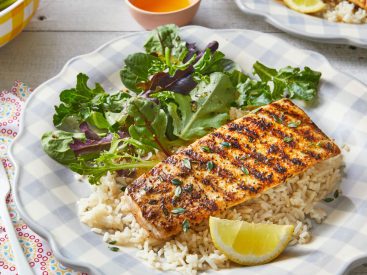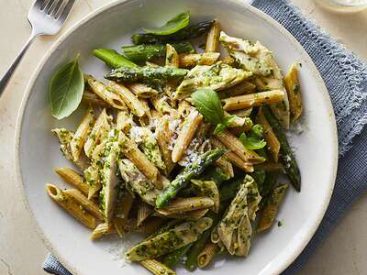This simple fried rice recipe is a tasty way to obtain our vitamins. Eating is supposed to be simple, yet it seems to get more complicated by the day. How many times a week do we hear or read “eat this, don’t eat that?” Whether it’s a doctor, nutritionist, […]
Delicious!
Delicious!



